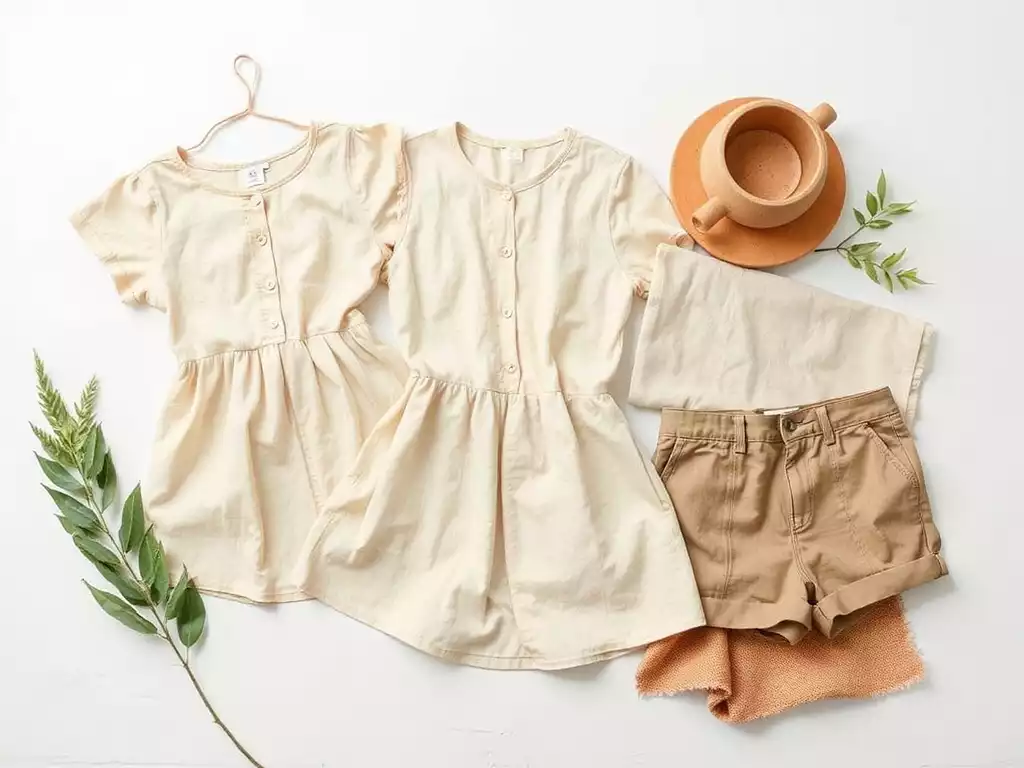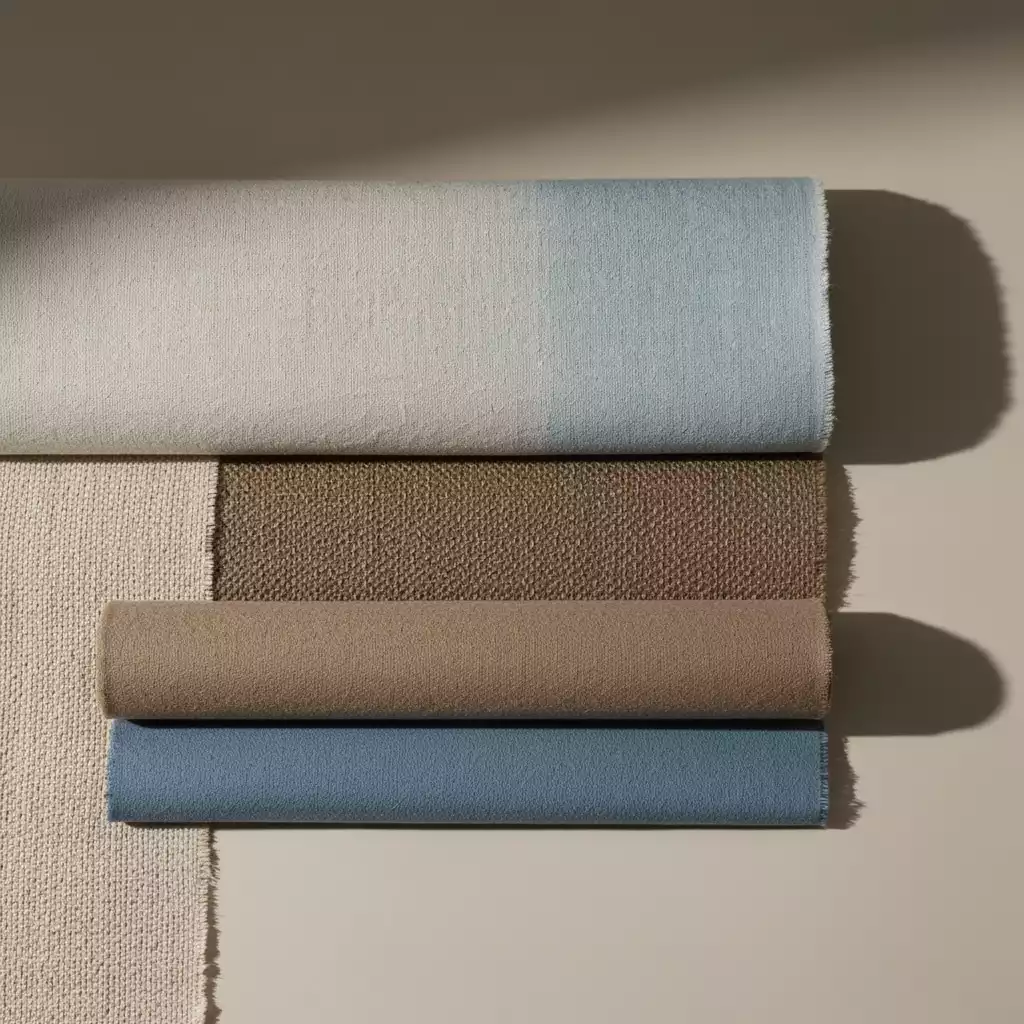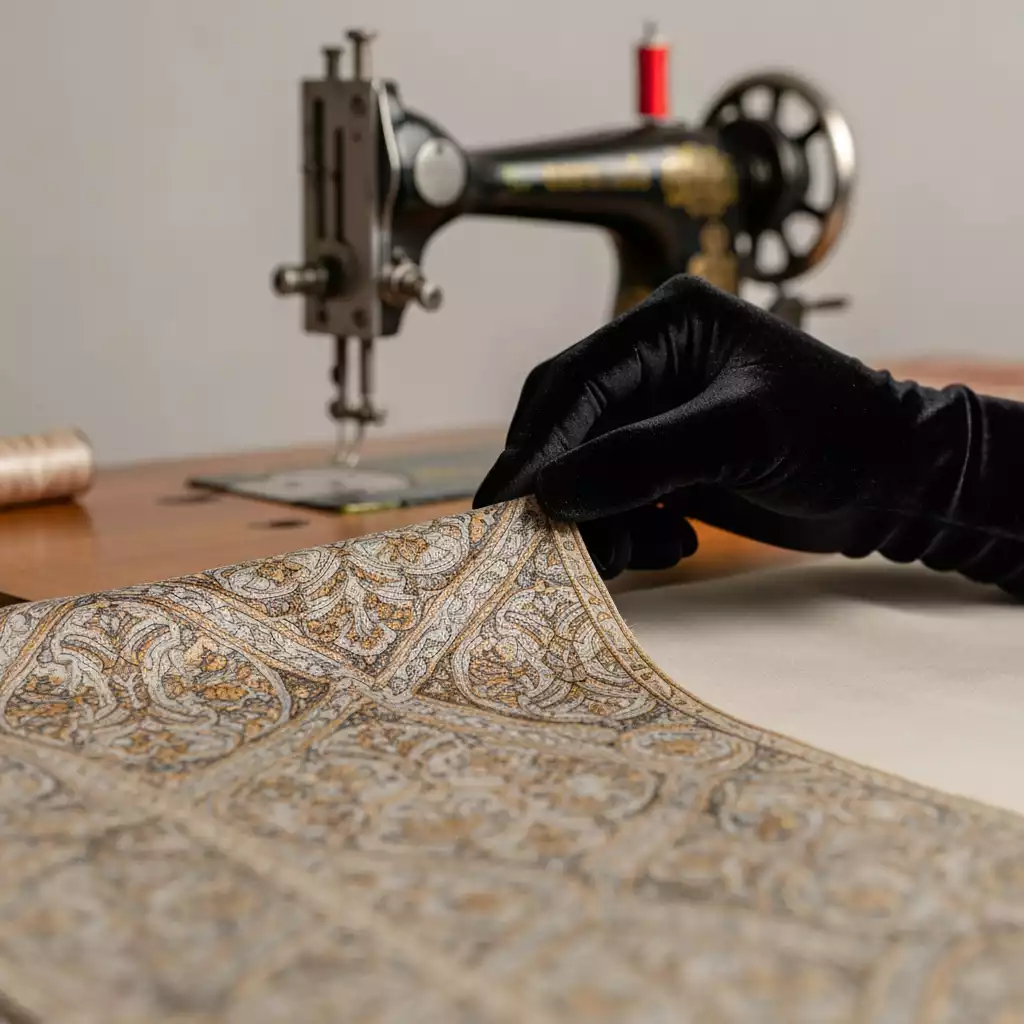As the fashion industry faces scrutiny for its environmental impact, the shift towards sustainable fabrics isn’t just a trend—it’s a necessity. In an era where consumer choices can drive significant change, understanding the essence of sustainable textiles can empower us all to make responsible decisions. How can we transform our wardrobe while nurturing the planet?
What You Will Learn
- Sustainable fabrics are derived from renewable resources and produced with eco-friendly methods.
- Eco-friendly textiles help reduce pollution, conserve water, and lower energy consumption during production.
- Biodegradable fabrics significantly decrease landfill waste and enhance soil health as they decompose.
- The future of sustainable textiles will see increased availability, technological advancements, and stronger regulations.
- Choosing sustainable fabrics supports fair labor practices and encourages ethical manufacturing in the fashion industry.
Understanding Sustainable Fabrics and Their Importance
As someone who cares about the environment, I find it crucial to dive into the world of sustainable fabrics. These materials not only help in reducing our carbon footprint but also play a significant role in promoting ethical fashion practices. But what exactly does it mean when we say a fabric is sustainable?
Sustainable fabrics are those made from environmentally friendly resources, produced in a way that minimizes harm to the planet. They encompass a wide array of textiles, from organic cotton to recycled synthetics. The more we choose sustainable fabrics, the more we contribute to a healthier planet!
What Are Sustainable Fabrics?
Sustainable fabrics are textiles that are made with processes that are not harmful to the environment. Here are some key features that define these fabrics:
- Derived from renewable resources
- Produced using eco-friendly methods
- Often biodegradable or recyclable
- Support fair labor practices
By choosing these fabrics, we not only support sustainability but also encourage an industry shift towards better practices. It’s a win-win situation for both consumers and the environment!
The Role of Eco-Friendly Textiles in Environmental Conservation
Eco-friendly textiles play a vital role in conserving our natural resources. They help reduce pollution, conserve water, and lower energy consumption during production. Some significant benefits include:
- Reduction of harmful chemical use
- Lower greenhouse gas emissions
- Preservation of biodiversity
When we support eco-friendly textiles, we are actively participating in environmental conservation, making our planet a better place for future generations. Recent reports, such as the UNEP’s roadmap for sustainability and circularity in the textile value chain, highlight the growing importance of these practices.
Benefits of Biodegradable Fabrics in Reducing Textile Waste
One of the most significant advantages of biodegradable fabrics is their ability to break down naturally, unlike traditional synthetic materials. This leads to several key benefits:
- Decreased landfill waste
- Enhanced soil health as they decompose
- Reduction in the need for virgin materials
By opting for biodegradable fabrics, we can significantly reduce textile waste and contribute to a more sustainable fashion industry. It’s an essential step towards a circular economy where resources are reused rather than discarded!
We Want to Hear From You!
As we navigate the world of sustainable fabrics, what factors influence your choices in fashion? Share your thoughts below:
Summary of Sustainable Fabrics and Their Impact
Sustainable fabrics play a crucial role in redefining the fashion industry, offering eco-friendly alternatives that benefit both our planet and people. As we continue to witness the environmental challenges caused by conventional textile production, the push for sustainable options has never been more important. In this summary, we’ll explore what the future holds for sustainable textiles and how we can encourage a shift towards making better choices in fashion.
The future of sustainable fabrics looks promising, with innovations on the horizon that can transform our clothing choices. As consumers become more conscious of the impact of their purchases, brands will likely follow suit. By prioritizing sustainable textiles, we can hope to create a more responsible and eco-friendly apparel industry.
The Future of Sustainable Textiles: What to Expect
With the growing demand for environmentally friendly options, we can expect several trends to shape the future of sustainable textiles:
- Increased availability of sustainable materials, as highlighted in reports like Textile Exchange’s Materials Market Report 2023.
- Technological advancements in fabric production
- Stronger regulations promoting eco-friendly practices
- Greater consumer awareness of sustainability
- Collaboration between brands and eco-innovators
These trends highlight a collective movement toward sustainability that not only benefits the environment but also enhances brand reputation and consumer loyalty. As we embrace these changes, the fashion industry can become a leader in the fight against climate change.
Encouraging a Shift Towards Sustainable Choices in Fashion
Promoting sustainable fabrics involves engaging consumers and encouraging them to make informed decisions. Here are some simple ways to foster this shift:
- Educate consumers about the environmental impact of their clothing choices
- Promote brands committed to sustainability
- Encourage recycling and upcycling of garments
- Highlight the benefits of sustainable fabrics in marketing
- Support local businesses that prioritize eco-friendly practices
By working together, we can inspire a cultural change that values sustainability over fast fashion, ultimately leading to a healthier planet.
Frequently Asked Questions About Sustainable Fabrics
What are sustainable fabrics?
How do eco-friendly textiles help the environment?
What are the benefits of biodegradable fabrics?
What can we expect in the future of sustainable textiles?
How can I choose sustainable fabrics for my projects?
Take Action: Embrace Sustainable Fabrics Today
It’s time to take action and make a commitment to sustainable fabrics. Whether you’re a designer, a business owner, or a conscious consumer, every choice counts! Let’s explore how we can integrate sustainable options into our projects and daily lives.
How to Choose Sustainable Fabrics for Your Next Project
When selecting sustainable fabrics, consider the following factors:
- Material origin: Look for organic or recycled materials
- Certification labels: Ensure the fabric meets sustainability standards, such as those provided by the Global Organic Textile Standard (GOTS).
- Production processes: Research brands that prioritize ethical manufacturing
- Durability: Choose fabrics that are long-lasting and versatile
- Supplier transparency: Work with suppliers who share your values
Taking these steps not only enhances the sustainability of your project but also promotes a positive impact on the environment!
Resources for Further Learning and Engagement in Sustainable Fashion
To stay informed about sustainable fabrics and practices, check out these resources:
- The Sustainable Apparel Coalition
- The Global Organic Textile Standard (GOTS)
- Fibre2Fashion’s sustainability section
- Documentaries like “The True Cost”
- Books on sustainable fashion and textiles
These resources provide valuable insights and practical tips for engaging with sustainable fashion, empowering us to make informed choices!
Understanding the Impact of Sustainable Development Goals (SDGs) on Fashion
The Sustainable Development Goals (SDGs) set by the United Nations offer a framework for addressing global challenges, including those in the fashion industry. Here’s how the SDGs impact sustainable fabrics:
- Goal 12: Responsible Consumption and Production encourages sustainable practices
- Goal 13: Climate Action emphasizes the need for eco-friendly materials
- Goal 8: Decent Work and Economic Growth promotes fair labor practices in production
- Goal 17: Partnerships for the Goals fosters collaboration across sectors
By aligning our efforts with these goals, we can contribute to a more sustainable and equitable fashion industry.
Recap of Key Points
Here is a quick recap of the important points discussed in the article:
- Sustainable fabrics are made from environmentally friendly resources and produced without harming the planet.
- Eco-friendly textiles play a crucial role in reducing pollution, conserving water, and lowering energy use in production.
- Biodegradable fabrics help decrease landfill waste and enhance soil health by breaking down naturally.
- Future trends in sustainable textiles include increased material availability, technological advancements, and greater consumer awareness.
- Encouraging sustainable choices in fashion involves educating consumers and supporting brands that prioritize eco-friendly practices.
- Choosing sustainable fabrics for projects requires considering material origin, certification labels, and supplier transparency.
- Engaging with resources like the Sustainable Apparel Coalition and GOTS can provide further insights into sustainable fashion.


